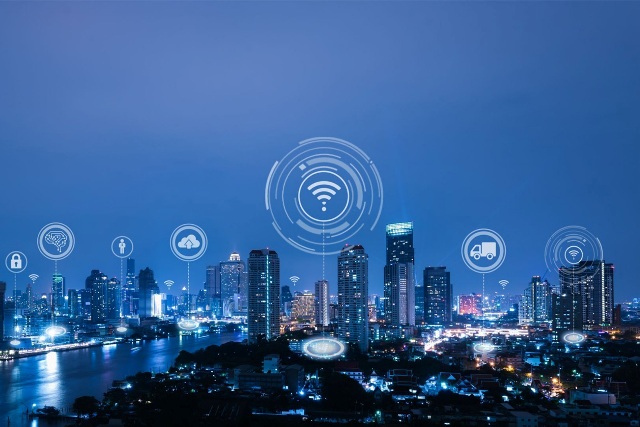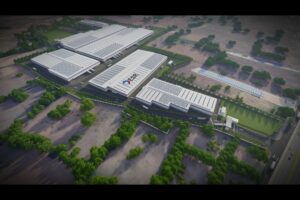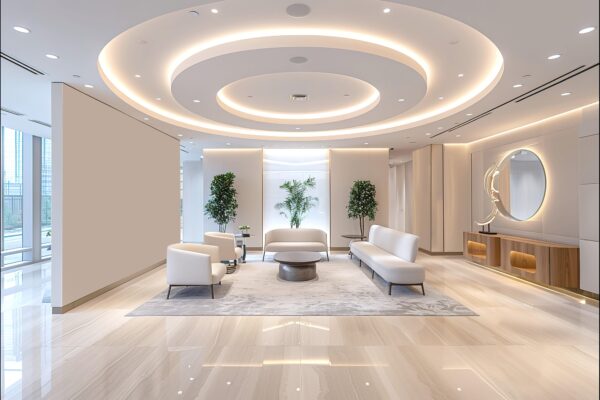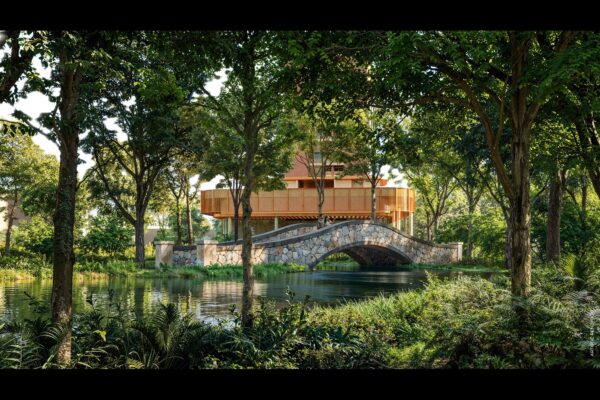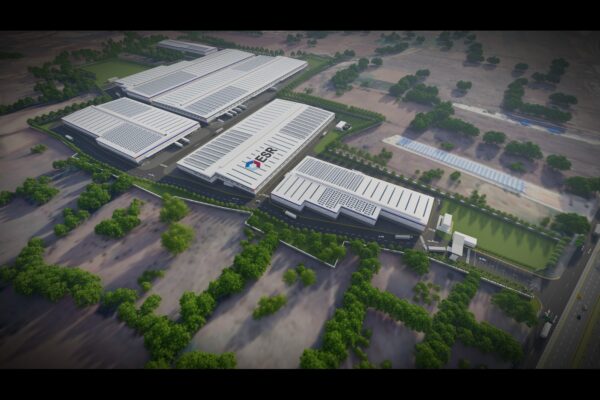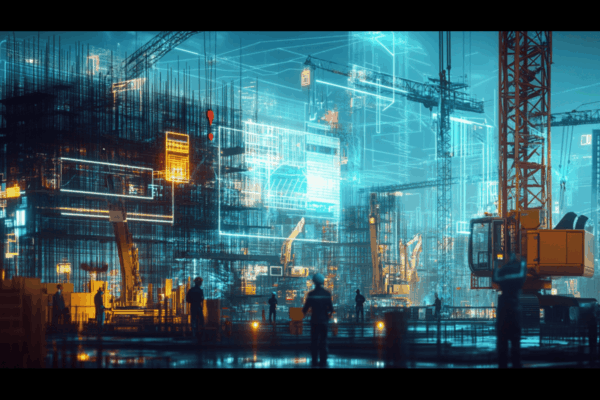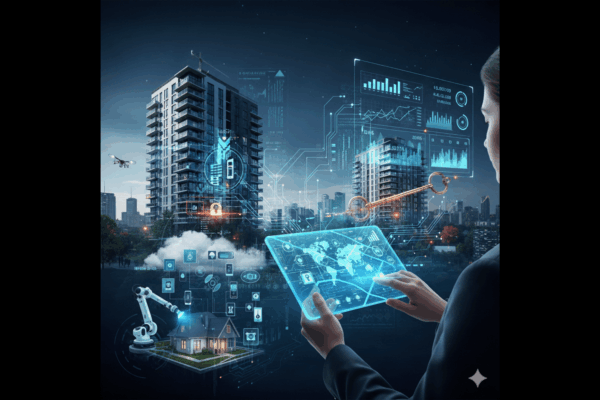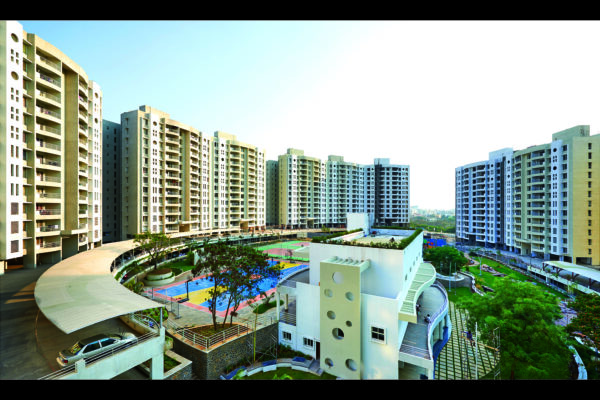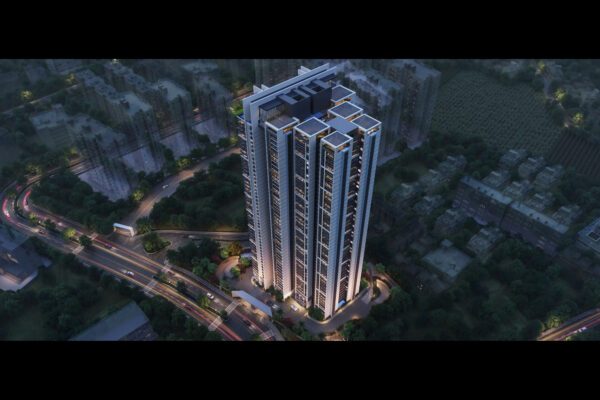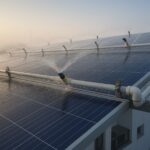The future of urban living: Smart tech, IoT & innovative materials reshaping cities
by Deepak Binyani, Managing Partner, Dholera Worldmark
Not long ago, the idea of a home that adapts to your lifestyle, a city that breathes with its citizens, and buildings constructed in days instead of months belonged to the realm of science fiction. Today, that fiction has become reality.
As someone who has spent decades at the crossroads of technology, urban development, and innovation, I have seen first-hand how rapidly our built environments are evolving. We are not simply witnessing a technological shift; we are architecting a fundamental reinvention of how we live. Smart technology, IoT-driven infrastructure, and revolutionary materials are converging to shape a future where efficiency, intelligence, and sustainability are not luxuries but necessities.
The smart home: No longer a luxury, but an expectation
A decade ago, smart homes were a novelty – reserved for tech enthusiasts or the ultra-wealthy. Today, they are a $183 billion industry, expected to grow beyond $199 billion by 2025. The trajectory is clear: home automation is no longer about convenience; it’s about intelligence, security, and energy efficiency at an unprecedented scale.
Modern homes are now thinking entities learning from our behaviors, adapting to our preferences, and optimizing our energy consumption. Consider this: lighting systems that adjust based on natural daylight availability, thermostats that learn and predict heating and cooling needs, and AI-driven security that detects anomalies before they become threats.
This is why consumer spending on smart home technology is set to exceed $170 billion by 2025. The adoption curve is accelerating, and soon, a home without smart capabilities will feel as outdated as a rotary phone in a digital age.
Energy efficiency: The silent force driving smart homes
While smart homes offer a level of convenience never seen before, one of their most profound benefits is energy efficiency. Intelligent climate control, automated blinds, and predictive lighting systems make life easier while significantly reducing energy waste.
For instance, connected appliances can schedule their usage when electricity demand is low, saving both money and resources. Meanwhile, net-zero homes, designed with advanced insulation, solar panels, and battery storage, are quickly becoming a realistic standard, not an ambitious goal.
As urban populations expand and energy demands rise, the role of smart homes in reducing strain on power grids cannot be overstated. This isnot just about technology; it is about reshaping our relationship with energy consumption.
IoT-driven cities: Where infrastructure becomes intelligent
Urban centers across the world are moving away from static infrastructure to living, breathing ecosystems powered by IoT. In 2022, the smart city IoT market was valued at $148.6 billion—by 2032, it will surge past $931 billion. That kind of growth is not just a reflection of investment, it is a testament to necessity.
Cities can no longer afford to be reactive; they must be proactive. Smart infrastructure, powered by real-time data, allows cities to optimize resources in ways we never thought possible.
Take Barcelona’s Lighting Masterplan, where smart lampposts equipped with IoT sensors adjust brightness based on foot traffic, dramatically cutting energy waste. Traffic systems that reroute vehicles based on congestion patterns are already in place in several major cities, reducing gridlock and lowering emissions.
Soon, waste management will become predictive, with AI-driven logistics optimizing collection routes based on fill levels of smart trash bins. Parking will no longer be a frustrating hunt, as sensors guide drivers to available spots in real time.
This is no longer theoretical, it’s happening now. And as smart technology continues to advance, our cities will become more efficient, safer, and more adaptable than ever before.
Revolutionizing Construction: 3D Printing is Building the Future
The demand for housing has never been higher. Traditional construction, while reliable, is often slow, expensive, and environmentally taxing. 3D printing is rewriting that narrative.
In Melbourne, the Southern Hemisphere’s first multistorey 3D-printed home was built in just five weeks, compared to the traditional 8-11 months. In Ireland, entire families have moved into fully functional, two-story 3D-printed homes that took just 12 days to print. These are not isolated experiments; they are proof that the way we build homes is evolving.
Beyond speed, 3D printing reduces material waste and offers a solution to affordability challenges, making housing more accessible. When paired with AI-driven design, this technology can optimize structural integrity while minimizing cost, something the construction industry has struggled with for decades.
Beyond concrete and steel: The rise of bio-based materials
Innovation does not stop at efficiency – it extends to sustainability. As the world grapples with environmental challenges, bio-based building materials such as mycelium and algae are emerging as viable alternatives.
Mycelium, the root-like structure of fungi, is now being explored as a natural binder for composite materials, paving the way for biodegradable, eco-friendly construction components. Algae-based materials are also gaining traction, offering natural insulation and carbon capture capabilities.
The idea that buildings can be grown rather than built is no longer a fantasy. With rising regulations on carbon footprints and the need for greener alternatives, the next generation of urban development will be as sustainable as it is smart.
A future we are not just entering – But designing
The transformation unfolding before us is more than an industry shift – it is a paradigm shift. We are not merely upgrading homes or making cities more efficient. We are redefining what it means to live in an urban world.
The home of the future will not just respond to you, it will understand you. Tomorrow the city will not just manage resources – it will optimize them in real time. And the buildings we construct will not just stand – they will adapt, evolve, and sustain themselves in ways we are only beginning to comprehend.
The question is not whether we are ready for this future – the question is, are we bold enough to build it?

